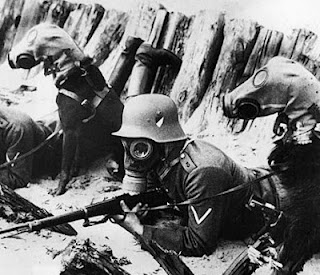An international conference about all these aspects will held in the venue of the Treviso Province next Monday, the 5th of November. The panel is rich and international, and will focus on the state of the art of Italian and Austro-Hungarian aviations during the conflict. We have today a huge legacy coming from that first development of aviation (landmarks, diaries, itineraries, small flying camps and thousands of aerial photos that can be used to study that landscape and to compare it with the one we find today in the same places). This relevant heritage could be today the starting point to pick over those Italian-Slovenian war places approximately between the rivers Soča and Piave.
Infoline:
Unità Operativa Relazioni Internazionali
europa@provincia.treviso.it
Tel: +39 0422 656891
(Here is the link to download the *.pdf of the leaflet.)
(For us, this is also the opportunity to remember the important book by Fabio Caffarena about Italian aviation during the Great War: Dal fango al vento, Einaudi, 2010. The translation of the title is "From the Mud to the Wind", but we guess it hasn't been translated into any language so far. It's really a compelling study and already a reference book for the enthusiasts).








